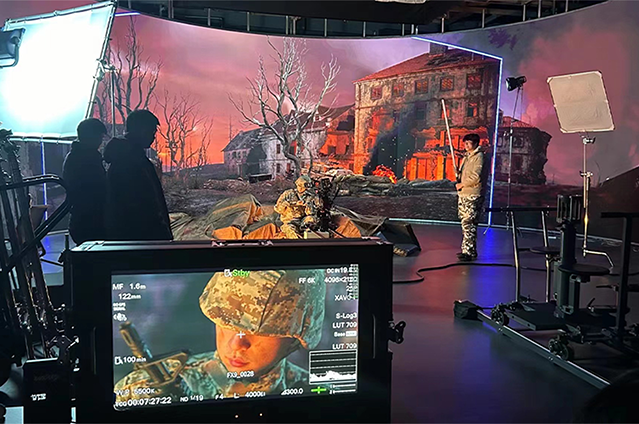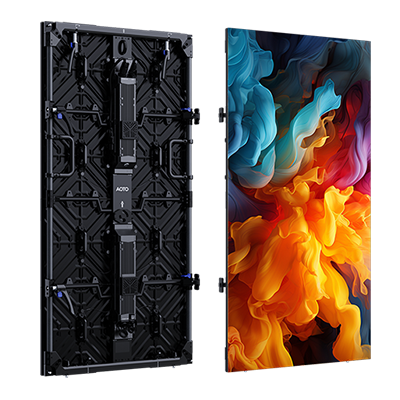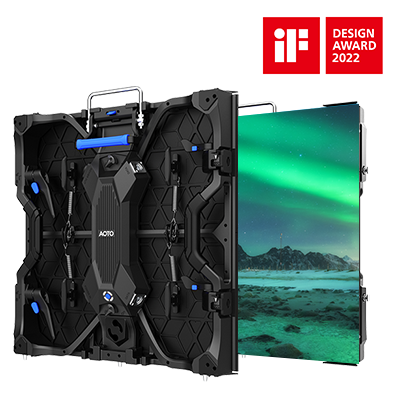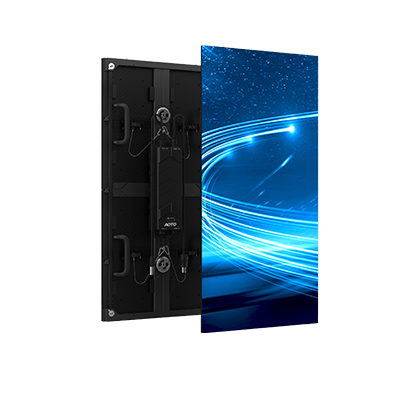AOTO Empowers a New Dimension in Film and Television Production
Driven by its advantages, such as high-precision perspective matching and on-set visualization capabilities, LED virtual production technology has become a focal point of research in the film and television industry. Compared to traditional filmmaking, this technology has brought a revolutionary change in the on-set production process. Implementing "In-Camera VFX" techniques enhances shooting control and efficiency, provides realistic environmental lighting, and addresses issues like blue/green screen spill in traditional virtual production.At the same time, it provides a "what you see is what you get" on-set creative experience and a greater degree of “post-production pre-emption,” unleashing unprecedented freedom for film and television creation.
AOTO's independently developed RGBW technology enhances lighting effects to more closely resemble natural light.
In virtual production, LED backdrops meet display requirements and serve as light sources for basic illumination. Compared to traditional film lighting, which offers higher degrees of adjustability and convenience, and is particularly adept at providing accurate reflection and transmission images for props with reflective and translucent materials. However, traditional LED have uneven and discontinuous spectral distributions, resulting in a generally low CRI value, which can cause color distortion under mixed lighting. To address this issue, AOTO introduced RGBW technology, adding white LED beads to the traditional RGB. This results in a more continuous spectrum, providing higher brightness and richer color expression.
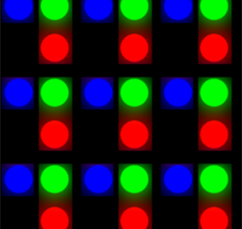
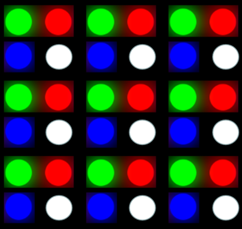
RGB LED Distribution RGBW LED Distribution
After adopting RGBW technology, white light is emitted independently by the white LED beads, no longer relying on the superposition of the three primary colors(red, green, and blue). This enables the display to present a much brighter effect when displaying white content, enhancing the CRI (Color Rendering Index) value, overall image clarity, and visibility.

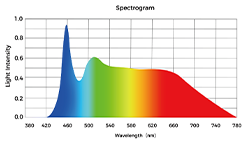
RGB Mode Spectrum RGBW Mode Spectrum
In traditional RGB mode, the lighting effect has a CRI of ≤50, resulting in color distortion in the overall lighting. In contrast, the RGBW mode achieves a CRI of ≥90, with lighting effects closer to natural light. Adjusting the proportions of the RGB colors makes it possible to produce more neutral colors, such as gray and brown. This allows the display to reproduce image color details more accurately, bringing more realistic and vivid visual effects.
 RGBW Natural Light Source More Authentic Skin Tone
RGBW Natural Light Source More Authentic Skin Tone
The Art Behind the Numbers: Technological Innovation in Ultra-High Refresh Rate and Frame Rate
In the process of film and television production, high-speed filming method is often used to capture moments that are imperceptible to the naked eye. This technique slows down fast-moving objects and creates clear images, such as fireworks explosions, particle effects, and car collisions.The display principle of LED backdrops involves using flickering to simulate continuous images. Flickering can occur if the shooting frame rate is too fast, with very short intervals between consecutive frames. AOTO's products support a high frame rate video input of up to 251Hz, perfectly resolving the image ghosting problem caused by video source limitations. They also support signal source multiplication, allowing low frame rate video sources to be multiplied up to 240Hz, effectively solving the flickering problem of low frame rate screen display.
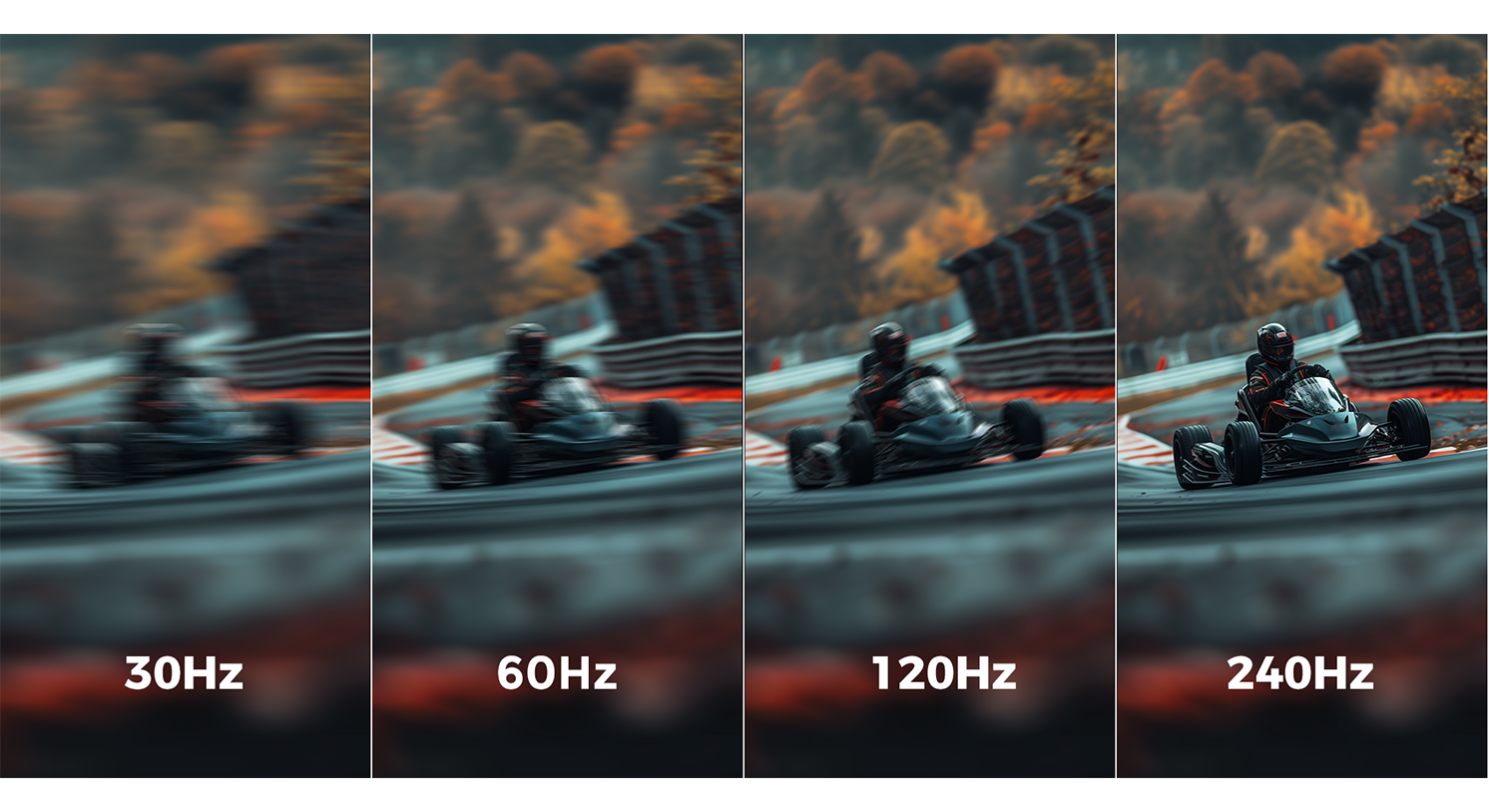
In addition, if the refresh rate of the LED backdrop is not synchronized with the shooting frame rate, the different arrangement of LED lights between the consecutive frames is captured, leading to repetitive scanning lines. AOTO’s products have a refresh rate of up to 7680Hz,far exceeding the standard 3840Hz refresh rate of general LED displays. This meets the demand for an ultimate shooting experience and creates unique and intriguing artistic expressions.
 Low Refresh Rate High Refresh Rate
Low Refresh Rate High Refresh Rate
How Does AOTO Maintain Ultra-High Refresh Rate?
To achieve ultra-high refresh rates, AOTO utilizes industry-leading PWM scrambling technology. This technology divides the image conduction time into several shorter conduction periods, with each scramble portion adding up to maintain the original LED chip conduction ratio before the scramble. This makes each grayscale display level more efficient, enabling the refresh rate to be increased to 7680Hz while maintaining the grayscale level. Even with high-definition cameras, no scan lines or flickering issues will exist.

Grayscale Levels of LED Displays
However, at very low grayscale levels, each sub-frame may require only a very short PWM pulse width, making it difficult to evenly distribute the pulse across multiple sub-frames. As a result, in the extreme case of 1 grayscale, the refresh rate may drop to the same level as the current frame rate. To address this issue, AOTO has developed an internal algorithm within their control system that enhances the refresh rate at high grayscale levels and reduces pulse merging. By utilizing specially designed driver IC and precise parameter adjustments, AOTO has achieved a high refresh rate even at low grayscale levels, while ensuring image uniformity and clarity.
As one of the earliest companies in the industry to introduce LED virtual shooting solutions, AOTO has participated in the construction of over 70 large-scale virtual studios worldwide. They have provided film and television shooting solutions for numerous Fortune 500 companies, including Tencent, Apple, Microsoft, Netflix, Amazon, Meta, and Toei in Japan. With captivating technology, AOTO is striving to collaborate with creative teams globally, driving the continuous advancement of film production technology and bringing new creative possibilities to the industry.




